
When I messaged author Marilyn Turk about my book, she responded with news of another of her books set in a region my book features –Apalachicola, Florida. All books in her Coastal Lights Legacy series are set in Florida. I had already discovered Rekindled Light, the fourth book, set in Pensacola. Rebel Light, the first in the series, begins in Pensacola, but both the main character and the action quickly move to Apalachicola in 1861 during the early stages of the Civil War.
Those who enjoy historical fiction will appreciate the well-researched novel, a blend of genres – historical fiction and Christian romance. Rebel Light will definitely be included in the second edition of A Literary Traveler’s Guide to the Gulf South. Rebel Light not only includes Apalachicola, but also St. George Island and St. Vincent Island, just across the Apalachicola Bay bridge.
Despite devastating hurricanes like Michael, Hermine, and Dennis, some of the landmarks Turk uses as settings still exist and are waiting for me to return to Apalachicola to take the tours.
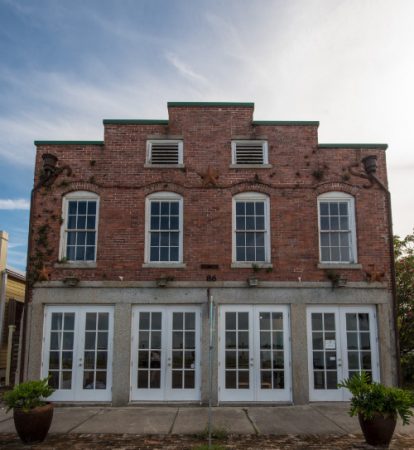
Apalachicola, in 1861, was a bustling seaport with nearly 2000 residents, many making their fortunes in the cotton and shipping business. As Turk describes the town, “Steamboat whistles rang out over the din of business in the downtown streets which were full of wagons, people and bales of cotton. . . where the waterfront began, rows of three-story red brick warehouses stretched along the water’s edge.” Downtown Apalachicola is much quieter now, but vestiges of many of the old warehouses still stand, some converted into shops. In fact, the Apalachicola Center for Culture and Arts is the Old Cotton Warehouse, built in 1838. Of course, oyster harvesting and shrimping were important at that time, too.
As the plot unfolds, Kate, the main character, receives an invitation to the Cotton Ball, which is held at the finest house in the area, The Orman House, located on

the outskirts of the city on a high bluff, overlooking the river. On my next trip to Apalachicola, I’m going to visit the Orman House and envision being at the ball. At the Cotton Ball, Kate meets botanist Alvan Chapman, a fellow guest. The botanical garden adjacent to The Orman House, the Chapman Botanical Garden, honors him. As Kate and her Aunt Sally visit with Chapman in the garden during the ball, they admire Orman’s orange grove and Chapman points out several native plants.

In the book, the families attend church at the historic Trinity Episcopal Church. Attending church or being seen at church was an important aspect of social circles. The building dates to 1837 and is listed on the National Register of Historic Places. Turk’s description of the interior of the church and the dedicated pews is fascinating.
Kate, who has come to live at her great aunt’s home on the outskirts of the city, has a clear view of both St. George’s Island and St. Vincent’s Island. In order to warn her father’s ship about the blockade, she, along with a Union soldier she and her aunt rescued and nursed to health, make a night crossing by boat to the lighthouse on St. George Island.
Now, I can connect Rebel Light to the wonderful St. George Lighthouse and Museum just across the bridge from Apalachicola on St. George Island. On my next trip, I’m going inside the lighthouse, not just the museum. I want to climb the steps that Kate and Joshua climbed, lantern in hand.

The lighthouse Kate climbs to save her father. Photo Credit: Diane Skelton
I’d also like to go on the Tour of Homes in Apalachicola, in hopes of going inside a Widow’s Walk like the one in Great Aunt Sally’s home. Widow’s Walks, viewing rooms or porches on the top of Victorian homes, allowed a wife to watch for the return of her seafaring husband. If he doesn’t make it back, she’s a widow. The Gibson Inn in downtown Apalachicola has a Widow’s Walk, as do several homes like Hays House on the corner of 4th Street and Avenue D.

Note the Widow’s Walk atop the Gibson Inn. Photo Credit: TheGibsonInn.com
And the next time I go, I’m going to take the walking tour so I won’t miss anything. It will be my third trip in a year!
WALKING TOUR LINK http://www.apalachicolabay.org/wp-content/uploads/2021/03/Apalachicola-walking-tour-2021.pdf







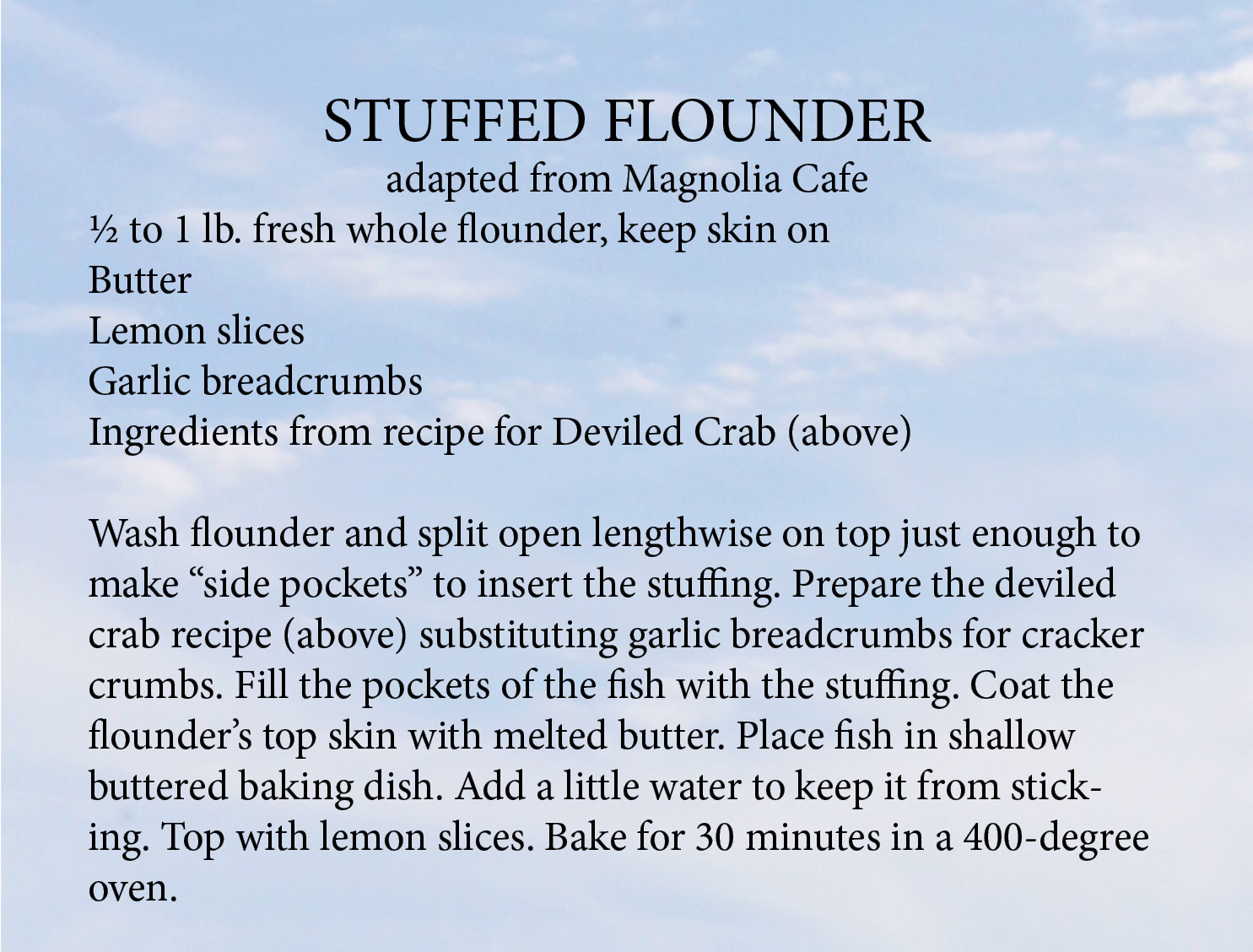


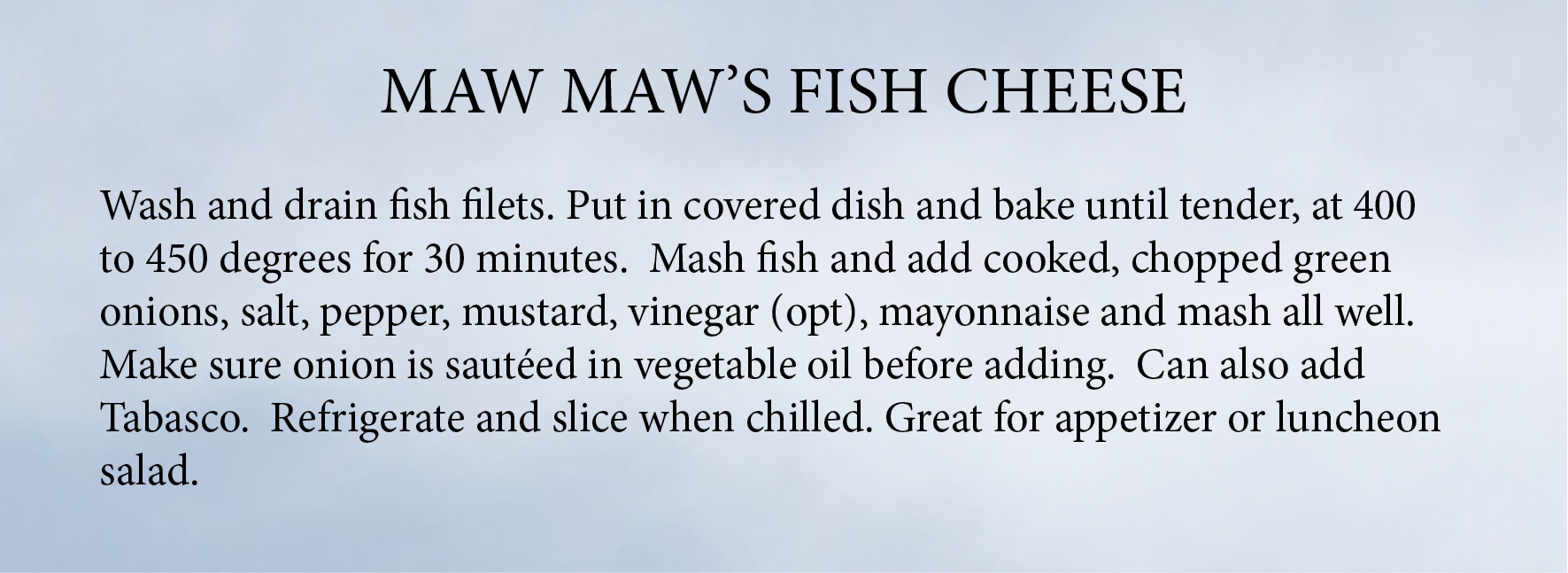





 Best benefit of my first job? Free books! As the assistant editor for a teachers’ magazine, part of my job was reviewing books. Of course, this was decades ago when authors sent real hardback books for review – not a PDF or an ebook. That’s how I got my first edition of Pascagoula: Singing River City. For two years, before I took the job, the book had stood on a shelf of books to review, all gathering dust. I took it home with a monograph of Eudora Welty’s stories, pre-Pulitzer Prize.
Best benefit of my first job? Free books! As the assistant editor for a teachers’ magazine, part of my job was reviewing books. Of course, this was decades ago when authors sent real hardback books for review – not a PDF or an ebook. That’s how I got my first edition of Pascagoula: Singing River City. For two years, before I took the job, the book had stood on a shelf of books to review, all gathering dust. I took it home with a monograph of Eudora Welty’s stories, pre-Pulitzer Prize. But it was Pascagoula: Singing River City that held a personal connection. The book documents the folklore, legends, and history of my hometown, almost 200 miles from where I worked. Plus it was written by the son of my junior high music teacher. The author, Jay Higginbotham, then a young historian, went on to become a
But it was Pascagoula: Singing River City that held a personal connection. The book documents the folklore, legends, and history of my hometown, almost 200 miles from where I worked. Plus it was written by the son of my junior high music teacher. The author, Jay Higginbotham, then a young historian, went on to become a 










 I enjoyed The Judge’s List and am looking forward to John Grisham’s next book about the Dixie Mafia, set along the Coast. I’d referred to the Dixie Mafia in my book, and now two Grisham characters will face off: boyhood friends from both sides of the tracks. The Boys from BIloxi promises plenty of Biloxi locations. It’s due out in October – almost one year to the day since the publication of The Judge’s List.
I enjoyed The Judge’s List and am looking forward to John Grisham’s next book about the Dixie Mafia, set along the Coast. I’d referred to the Dixie Mafia in my book, and now two Grisham characters will face off: boyhood friends from both sides of the tracks. The Boys from BIloxi promises plenty of Biloxi locations. It’s due out in October – almost one year to the day since the publication of The Judge’s List.
 During my research, the on-site historian at The Grand Hotel in Point Clear, Alabama, mentioned The Heart Mender and what a well-known author Andrews is, but I focused on two other books she told me about: The Noticer and The Noticer Returns, both by Andrews. The later one is set at The Grand Hotel.
During my research, the on-site historian at The Grand Hotel in Point Clear, Alabama, mentioned The Heart Mender and what a well-known author Andrews is, but I focused on two other books she told me about: The Noticer and The Noticer Returns, both by Andrews. The later one is set at The Grand Hotel.
 In the two weeks since
In the two weeks since  I discovered one additional title by myself clicking on a Kindle special. I’d already read two of Alex Kava’s Ryder Creed K-9 Mystery Series. This one, Hidden Creed (Book 6, August 2020), is set deep in the woods of the Florida Panhandle. With a storage unit of human body parts discovered in Pensacola and three bodies discovered in the Blackwater River State Forest, it’s a busy time for Ryder Creed and his K-9 scent dogs. The settings along Blackwater River and Coldwater Creek and in the Blackwater River State Forest, mixed with a raging swamp fire, a serial killer and more murders, creates a fast-paced page turner. The plot requires scent dogs like Grace and Scout to find the bodies and track the killer. But the setting isn’t exclusive to the forest or the river. After FBI Agent Maggie O’Dell arrives to survey the human remains in the Pensacola storage unit, she books a room with a beautiful Gulf view at Margaritaville Hotel on Pensacola Beach. The character takes time out from inspecting cadaver parts to enjoy a grouper sandwiche at Peg Leg Pete’s (which the author recommends). Though these two places on Pensacola Beach are authentic, the marina and Walter’s Canteen are products of the author’s imagination. Character Maggie O’Dell “couldn’t go far without driving over a bridge, each of them two-to-three miles long with gorgeous views of water. There wasn’t a quick route anywhere, especially from Pensacola Beach.” Kava also accurately depicts Baptist Hospital and the military presence in the area. The author, who has homes in both Santa Rosa County, Florida, and in Nebraska, is spot-on with her descriptions.
I discovered one additional title by myself clicking on a Kindle special. I’d already read two of Alex Kava’s Ryder Creed K-9 Mystery Series. This one, Hidden Creed (Book 6, August 2020), is set deep in the woods of the Florida Panhandle. With a storage unit of human body parts discovered in Pensacola and three bodies discovered in the Blackwater River State Forest, it’s a busy time for Ryder Creed and his K-9 scent dogs. The settings along Blackwater River and Coldwater Creek and in the Blackwater River State Forest, mixed with a raging swamp fire, a serial killer and more murders, creates a fast-paced page turner. The plot requires scent dogs like Grace and Scout to find the bodies and track the killer. But the setting isn’t exclusive to the forest or the river. After FBI Agent Maggie O’Dell arrives to survey the human remains in the Pensacola storage unit, she books a room with a beautiful Gulf view at Margaritaville Hotel on Pensacola Beach. The character takes time out from inspecting cadaver parts to enjoy a grouper sandwiche at Peg Leg Pete’s (which the author recommends). Though these two places on Pensacola Beach are authentic, the marina and Walter’s Canteen are products of the author’s imagination. Character Maggie O’Dell “couldn’t go far without driving over a bridge, each of them two-to-three miles long with gorgeous views of water. There wasn’t a quick route anywhere, especially from Pensacola Beach.” Kava also accurately depicts Baptist Hospital and the military presence in the area. The author, who has homes in both Santa Rosa County, Florida, and in Nebraska, is spot-on with her descriptions.  blowing mystery about a corrupt judge and casinos on Indian reservations. The ambiguous setting is fictional — in the town of Sterling, the county of Brunswick County, near a casino near an Indian reservation somewhere in Northwest Florida, near the Emerald Coast. Panhandle residents know the nearest casino is in Atmore, Alabama, but Grisham builds an interesting world where a casino could exist in the fictional 24th Judicial District. He includes numerous mentions of Pensacola, its newspaper the Pensacola News Journal, the federal courthouse, FBI offices, probation offices, all in downtown Pensacola. In the plot, Board of Judicial Conduct investigator, Lacy Stoltz working out of Tallahassee, seeks information on a crooked circuit court judge in cahoots with members of the Coast Mafia who travel around Fort Walton Beach, Seagrove Beach, DeFuniak Springs and Rosemary Beach in Walton County, Milton in Santa Rosa County, and Panama City Beach in Bay County. The fictional Tappacola Indian tribe has a reservation and casino located somewhere south of I-10 near Highway 98, near a tollway off the illusive, imaginary Highway 288. Directions like that make his fiction super-realistic unless you try to follow the directions or find it on a map. Though the location might be puzzling, the atmosphere isn’t. Grisham is spot-on when it comes to bumper to bumper hotels and motels in Panama City Beach and endless condo communities and sprawling golf courses near the beach.
blowing mystery about a corrupt judge and casinos on Indian reservations. The ambiguous setting is fictional — in the town of Sterling, the county of Brunswick County, near a casino near an Indian reservation somewhere in Northwest Florida, near the Emerald Coast. Panhandle residents know the nearest casino is in Atmore, Alabama, but Grisham builds an interesting world where a casino could exist in the fictional 24th Judicial District. He includes numerous mentions of Pensacola, its newspaper the Pensacola News Journal, the federal courthouse, FBI offices, probation offices, all in downtown Pensacola. In the plot, Board of Judicial Conduct investigator, Lacy Stoltz working out of Tallahassee, seeks information on a crooked circuit court judge in cahoots with members of the Coast Mafia who travel around Fort Walton Beach, Seagrove Beach, DeFuniak Springs and Rosemary Beach in Walton County, Milton in Santa Rosa County, and Panama City Beach in Bay County. The fictional Tappacola Indian tribe has a reservation and casino located somewhere south of I-10 near Highway 98, near a tollway off the illusive, imaginary Highway 288. Directions like that make his fiction super-realistic unless you try to follow the directions or find it on a map. Though the location might be puzzling, the atmosphere isn’t. Grisham is spot-on when it comes to bumper to bumper hotels and motels in Panama City Beach and endless condo communities and sprawling golf courses near the beach. 













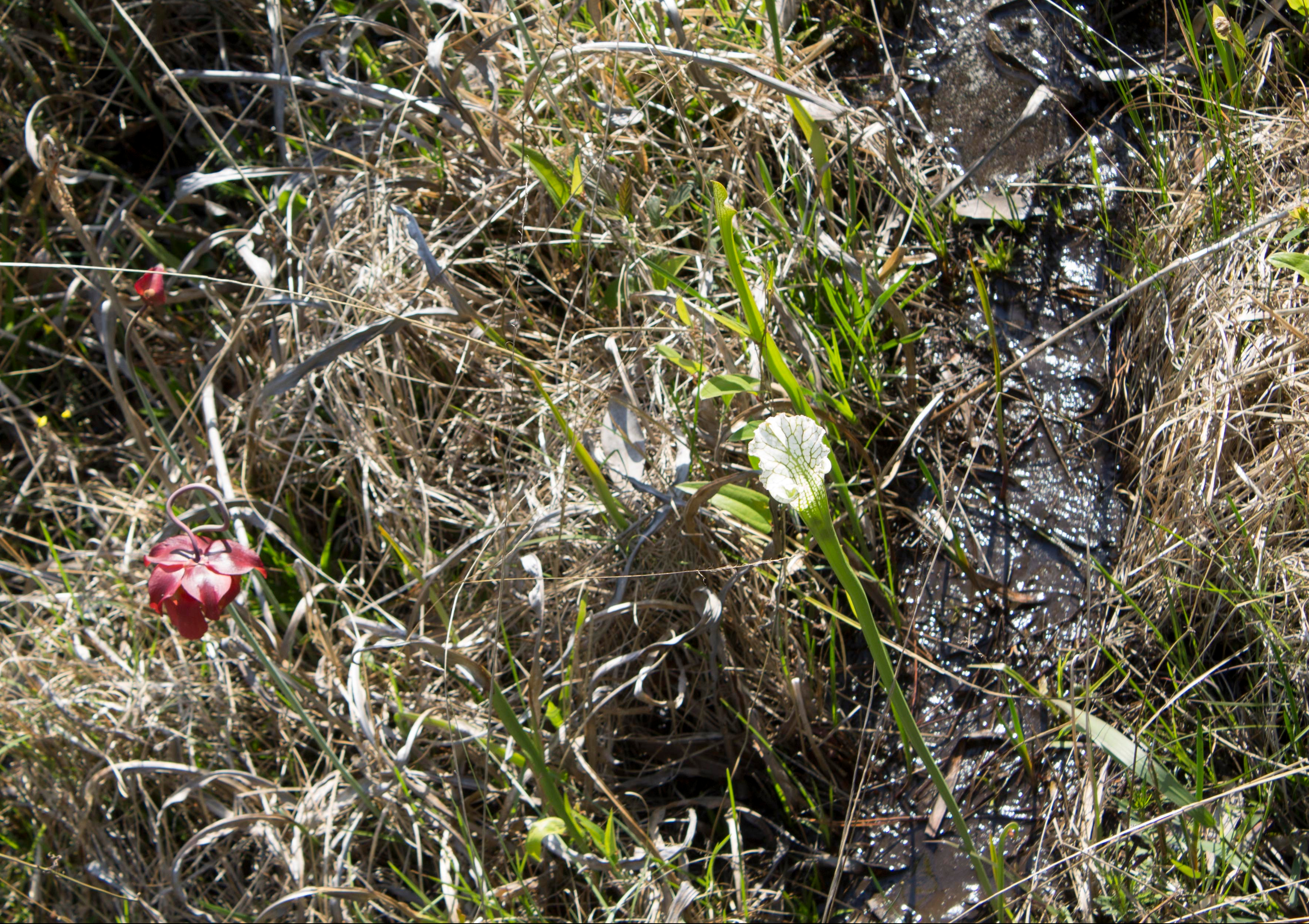
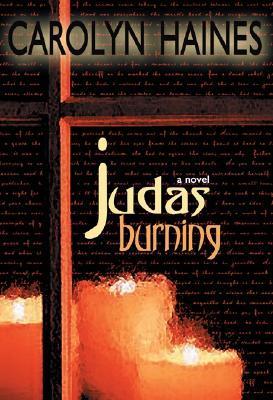 Carolyn Haines’ Judas Burning is a perfect novel to link with the Grand Bay National Estuary Research Reserve. Haines, who is from southeast Mississippi, set this novel on the Pascagoula River, northwest of Lucedale where the Chickasawhay and Leaf Rivers converge with the Pascagoula. The mystery features my favorite type of character, a small-town newspaper editor crusading for justice. Most of Haines’ best-selling novels are her cozy mysteries, but this novel takes a serious turn. Protagonist Dixon Sinclair has bought the local newspaper in her small Mississippi hometown and returns from the big city to publish the paper, deal with her alcoholism, and seek justice for her father’s murder. The novel is rich in setting and filled with local color: Pascagoula River Bridge, Gautier, highways 57 and 98, the Legend of the Singing River. The river itself is just as important a character as those who live along its banks. It provides adventure, refuge, sanctuary, recreation, food, and, of course, danger for two teenage girls. One of the fascinating exhibits at the Grand Bay National Research Reserve is a series of audio interviews with photographs of people who grew up in the region. Listening to their stories shows the importance of the river in their lives.
Carolyn Haines’ Judas Burning is a perfect novel to link with the Grand Bay National Estuary Research Reserve. Haines, who is from southeast Mississippi, set this novel on the Pascagoula River, northwest of Lucedale where the Chickasawhay and Leaf Rivers converge with the Pascagoula. The mystery features my favorite type of character, a small-town newspaper editor crusading for justice. Most of Haines’ best-selling novels are her cozy mysteries, but this novel takes a serious turn. Protagonist Dixon Sinclair has bought the local newspaper in her small Mississippi hometown and returns from the big city to publish the paper, deal with her alcoholism, and seek justice for her father’s murder. The novel is rich in setting and filled with local color: Pascagoula River Bridge, Gautier, highways 57 and 98, the Legend of the Singing River. The river itself is just as important a character as those who live along its banks. It provides adventure, refuge, sanctuary, recreation, food, and, of course, danger for two teenage girls. One of the fascinating exhibits at the Grand Bay National Research Reserve is a series of audio interviews with photographs of people who grew up in the region. Listening to their stories shows the importance of the river in their lives. Chipola River in Florida, perhaps because Lister lives and writes in nearby Wewahitchka. He grew up along the Apalachicola River. His bestsellers, thirty-something of them, all with the word “blood” in the title, usually feature prison-chaplain-turned-investigator John Jordan. In Out for Blood, John Jordan takes the role of sidekick, helping female sheriff Reggie Summers solve the crime. Lister uses authentic locations along the Apalachicola like Carver Landing and acknowledges the diverse and ecological importance of the river as he writes about search and rescue boats, divers and volunteers with scent dogs scouting the banks, swamps, and tributaries for the missing girls. In this novel, too, the river provides nourishment, entertainment, escape and adventure. Walking down the boardwalk to the bay at Apalachicola National Estuary Research Reserve you can feel the rushing rivers, pouring into the Apalachicola, a powerful force converging and emptying into a Apalachicola Bay and the Gulf of Mexico.
Chipola River in Florida, perhaps because Lister lives and writes in nearby Wewahitchka. He grew up along the Apalachicola River. His bestsellers, thirty-something of them, all with the word “blood” in the title, usually feature prison-chaplain-turned-investigator John Jordan. In Out for Blood, John Jordan takes the role of sidekick, helping female sheriff Reggie Summers solve the crime. Lister uses authentic locations along the Apalachicola like Carver Landing and acknowledges the diverse and ecological importance of the river as he writes about search and rescue boats, divers and volunteers with scent dogs scouting the banks, swamps, and tributaries for the missing girls. In this novel, too, the river provides nourishment, entertainment, escape and adventure. Walking down the boardwalk to the bay at Apalachicola National Estuary Research Reserve you can feel the rushing rivers, pouring into the Apalachicola, a powerful force converging and emptying into a Apalachicola Bay and the Gulf of Mexico. The Fish and Magnolia Rivers converge into Weeks Bay which then pours out into Mobile Bay. Author Mark Childress knows this area well as he moved to Magnolia Springs and lived in the cabin mentioned in the book. He motored his boat up and down the Magnolia River and into Mobile Bay. The protagonist in the novel, a young boy, discovers the presence of a Nazi submarine in Mobile Bay and tries repeatedly to let authorities know.
The Fish and Magnolia Rivers converge into Weeks Bay which then pours out into Mobile Bay. Author Mark Childress knows this area well as he moved to Magnolia Springs and lived in the cabin mentioned in the book. He motored his boat up and down the Magnolia River and into Mobile Bay. The protagonist in the novel, a young boy, discovers the presence of a Nazi submarine in Mobile Bay and tries repeatedly to let authorities know.